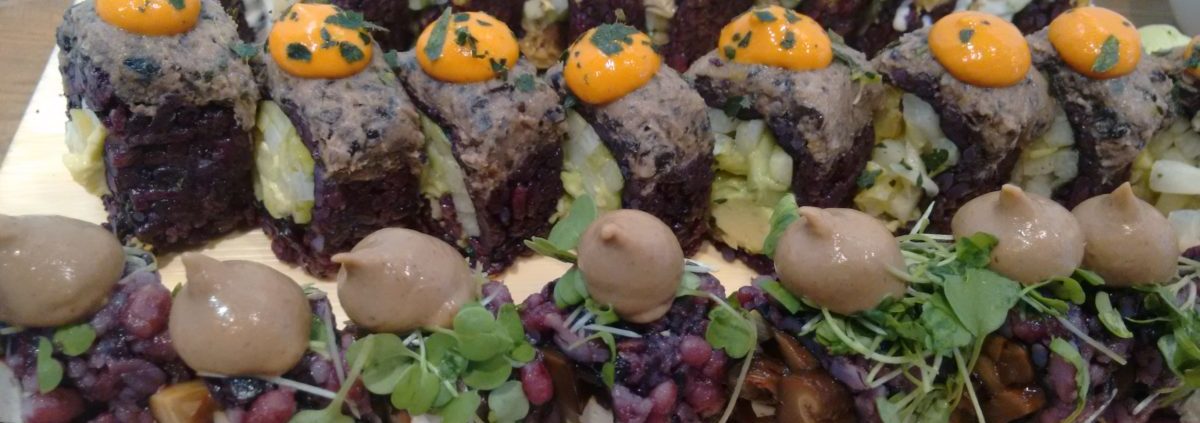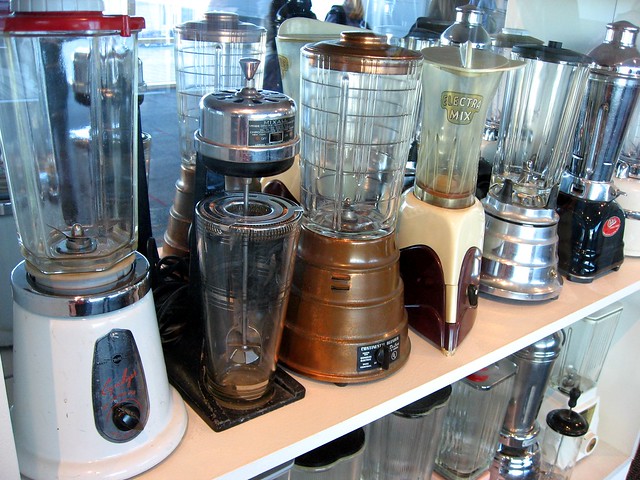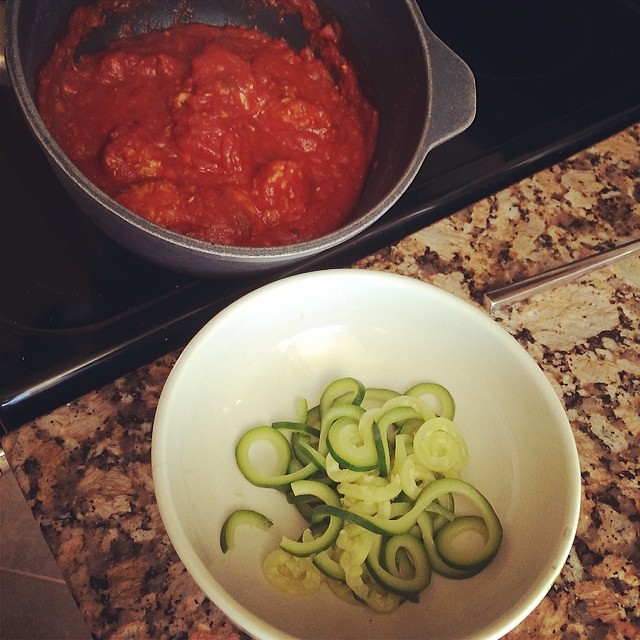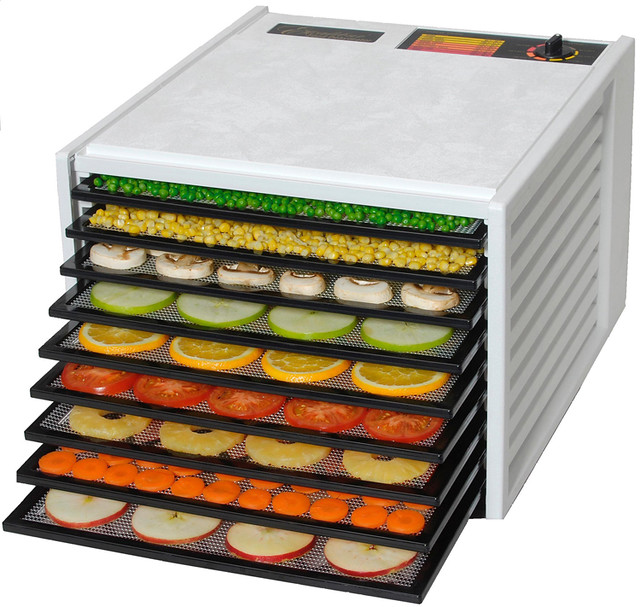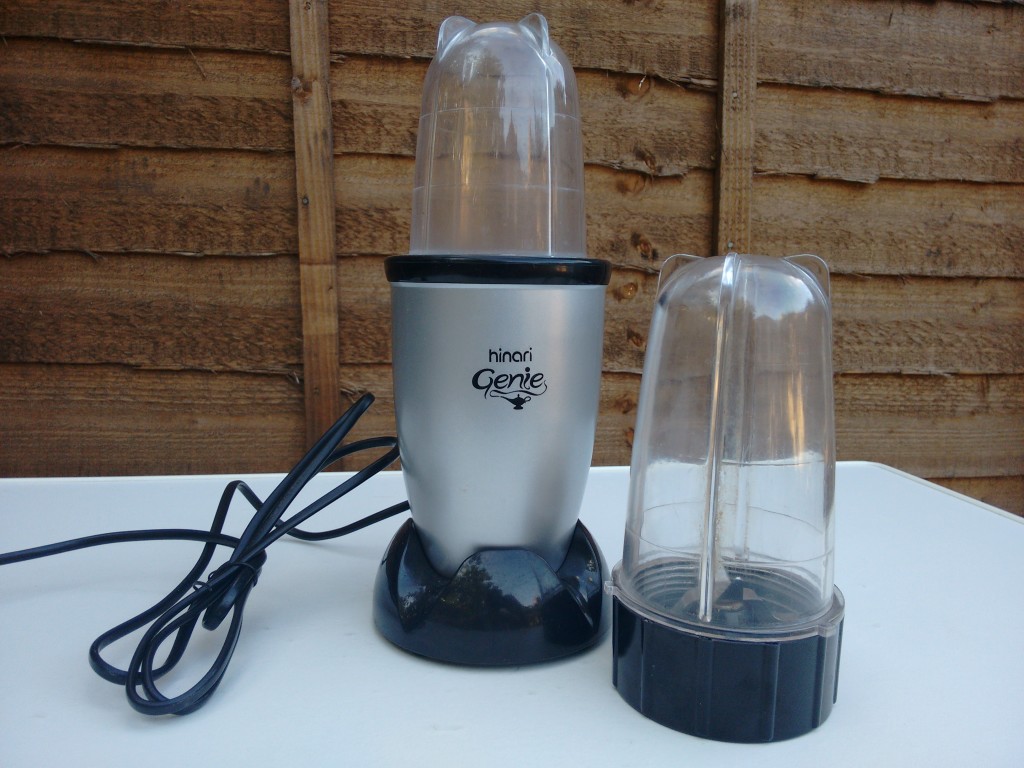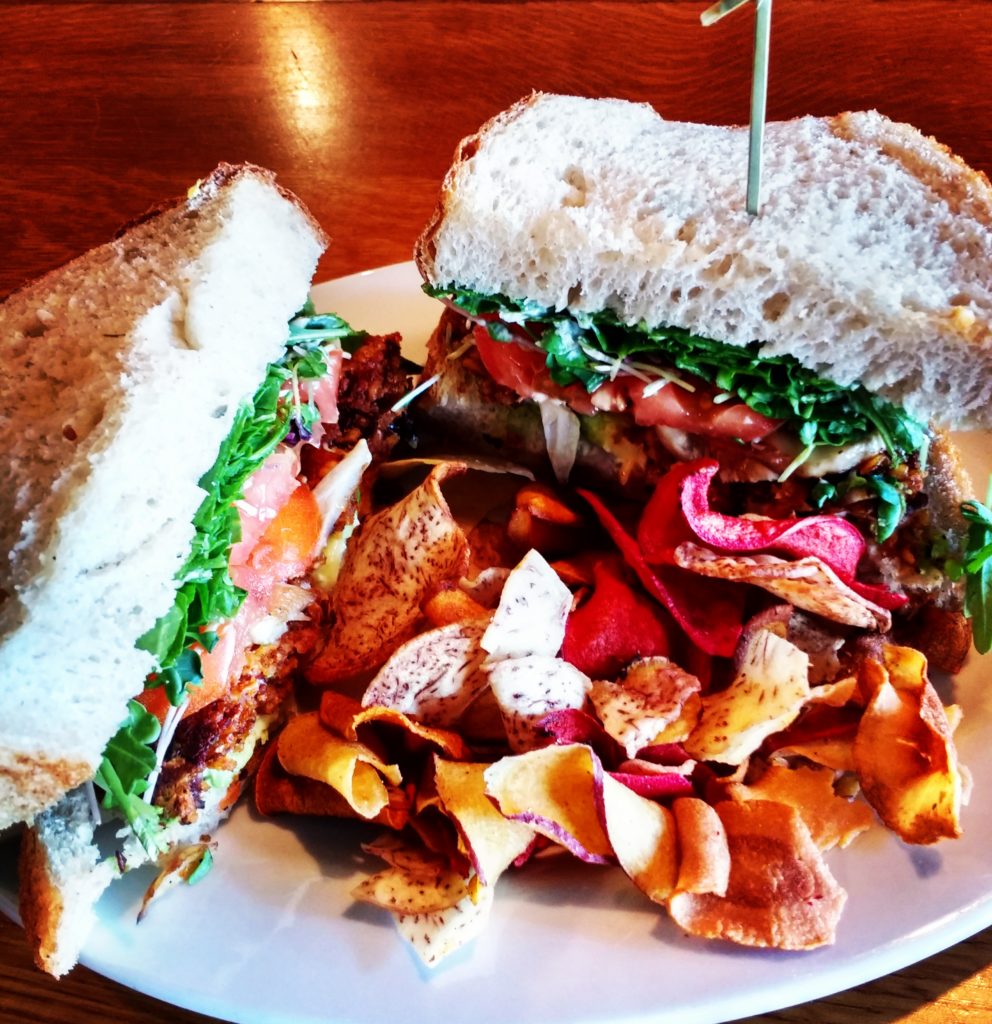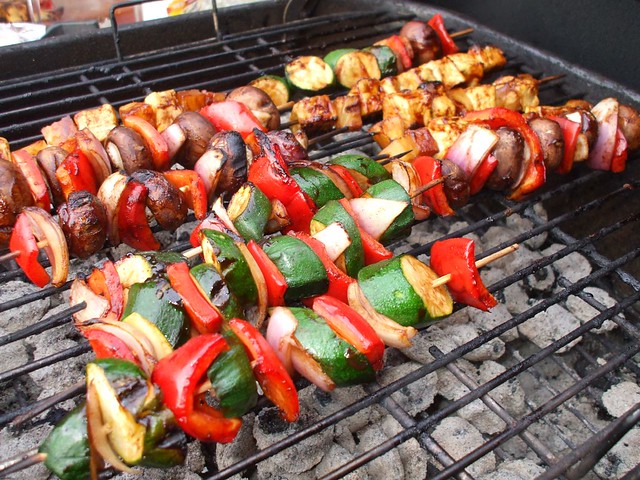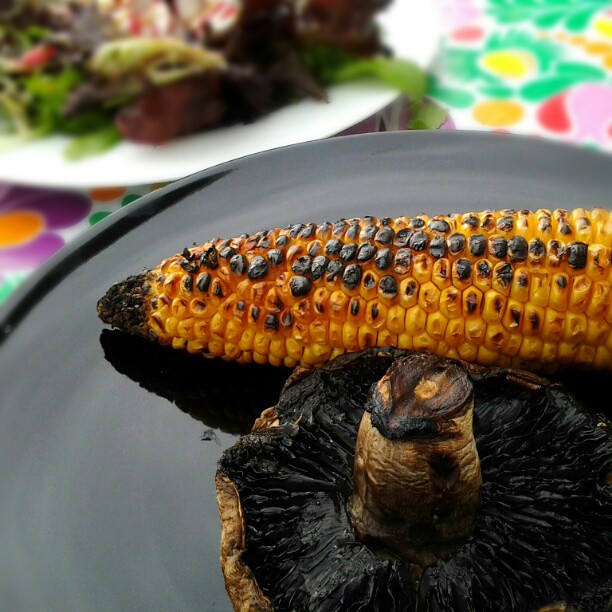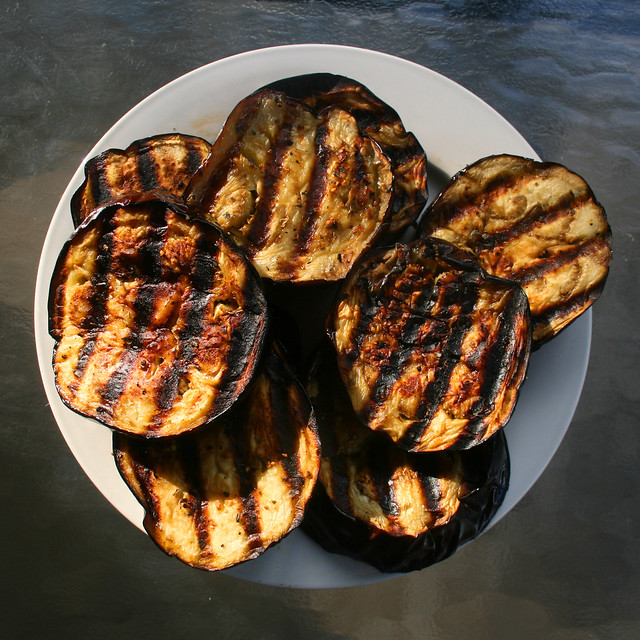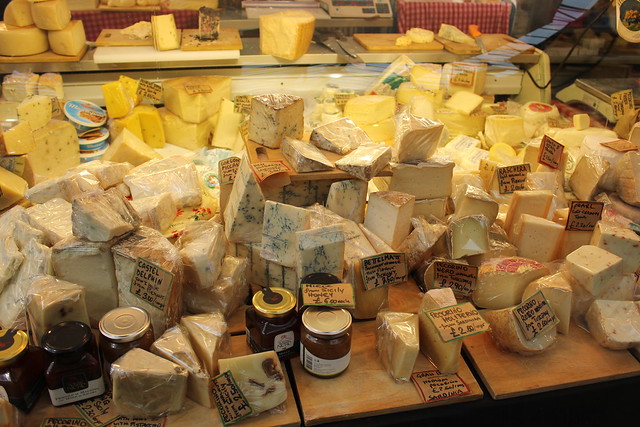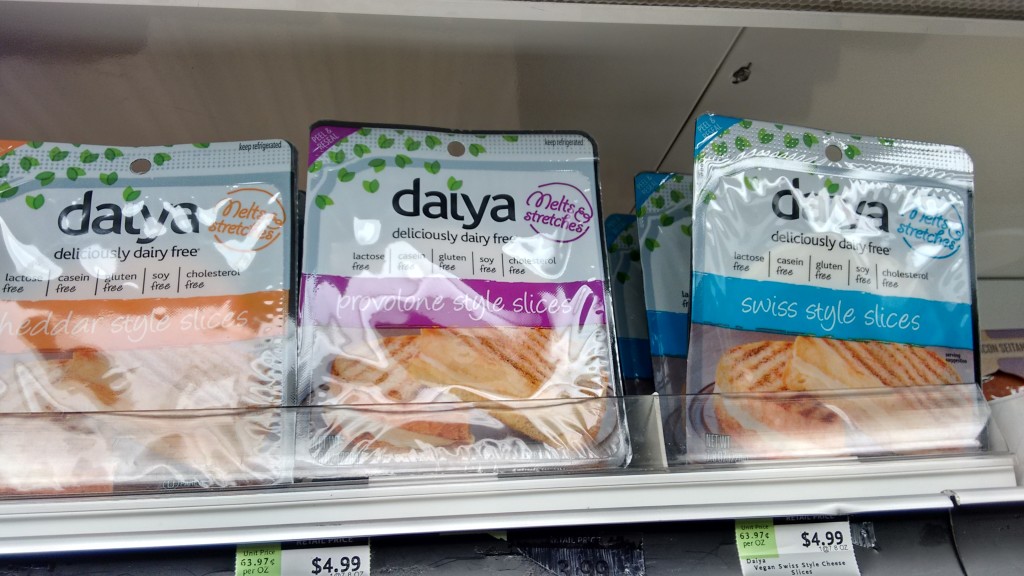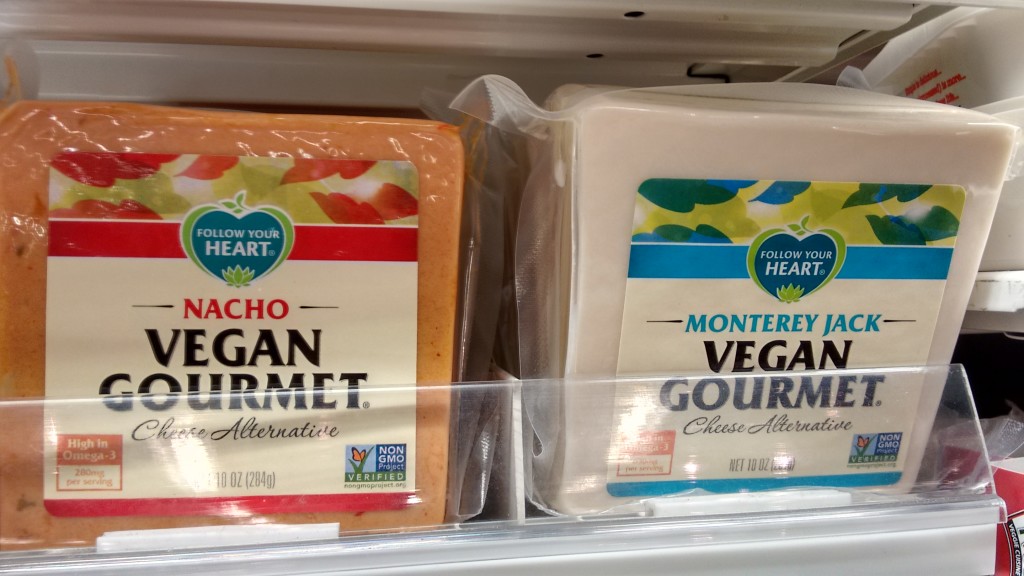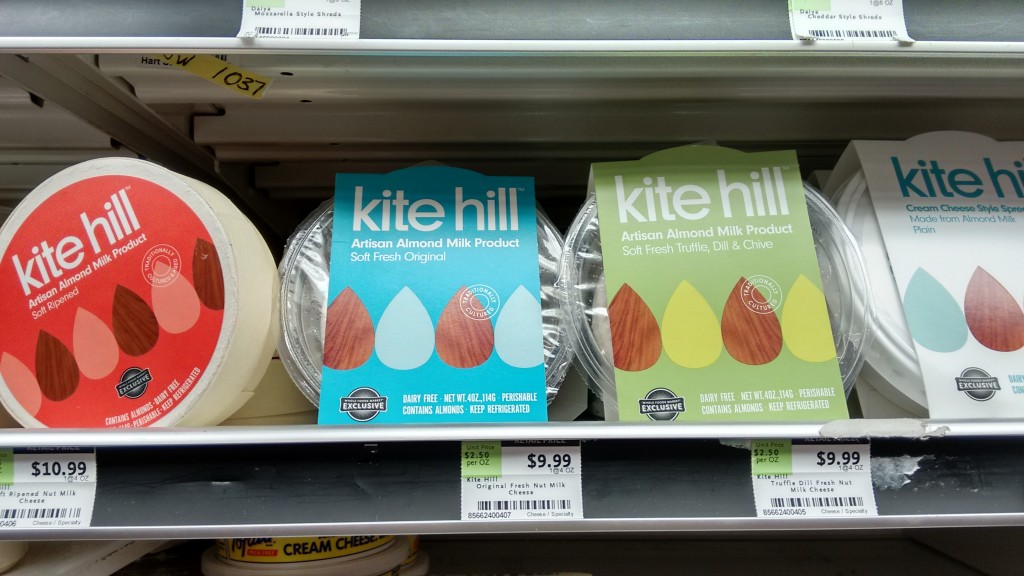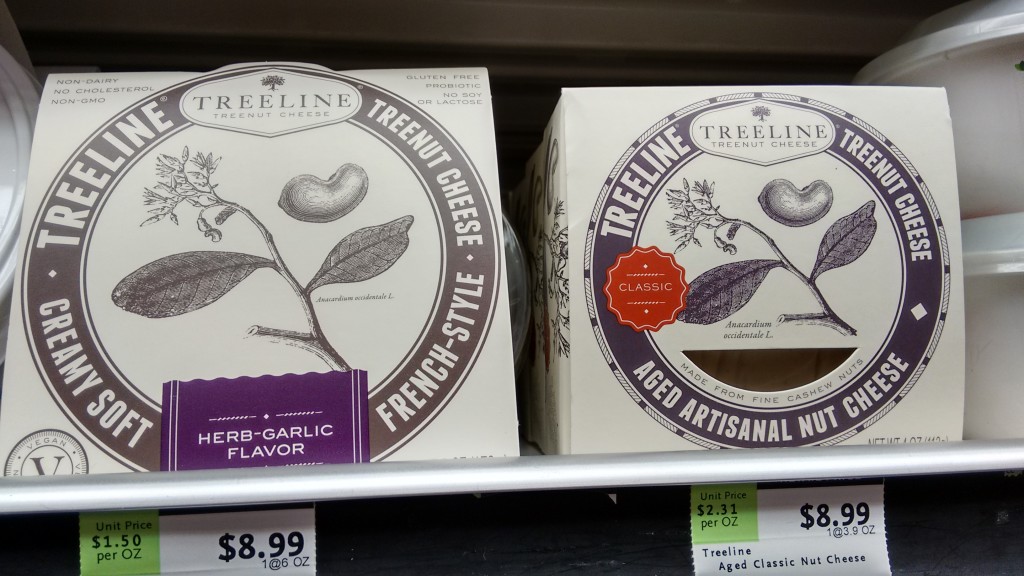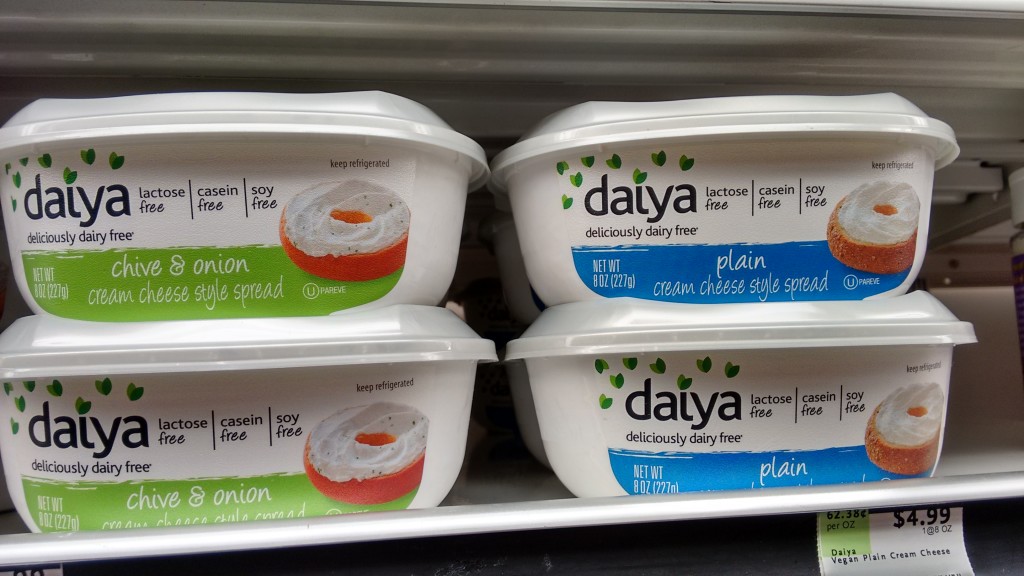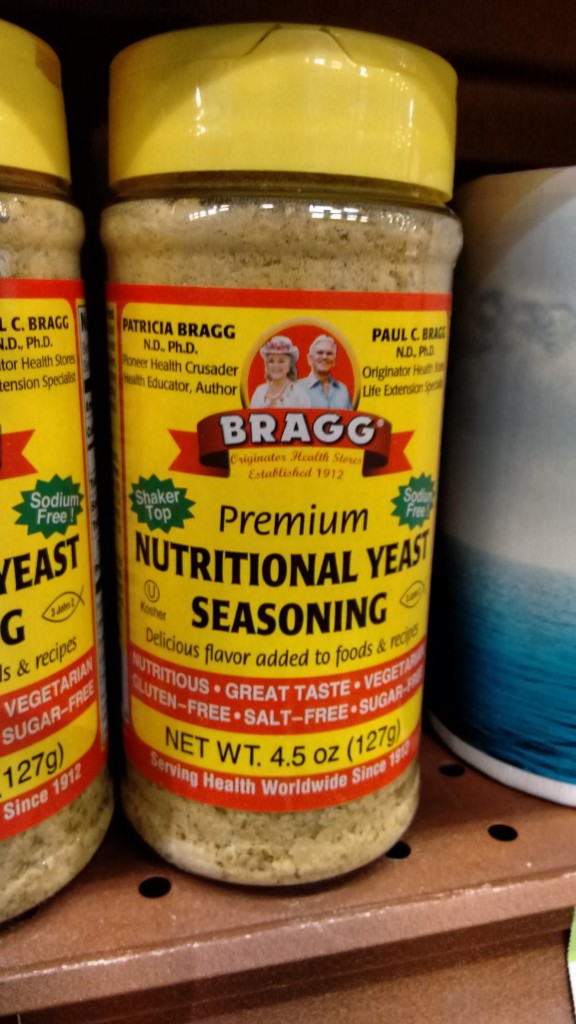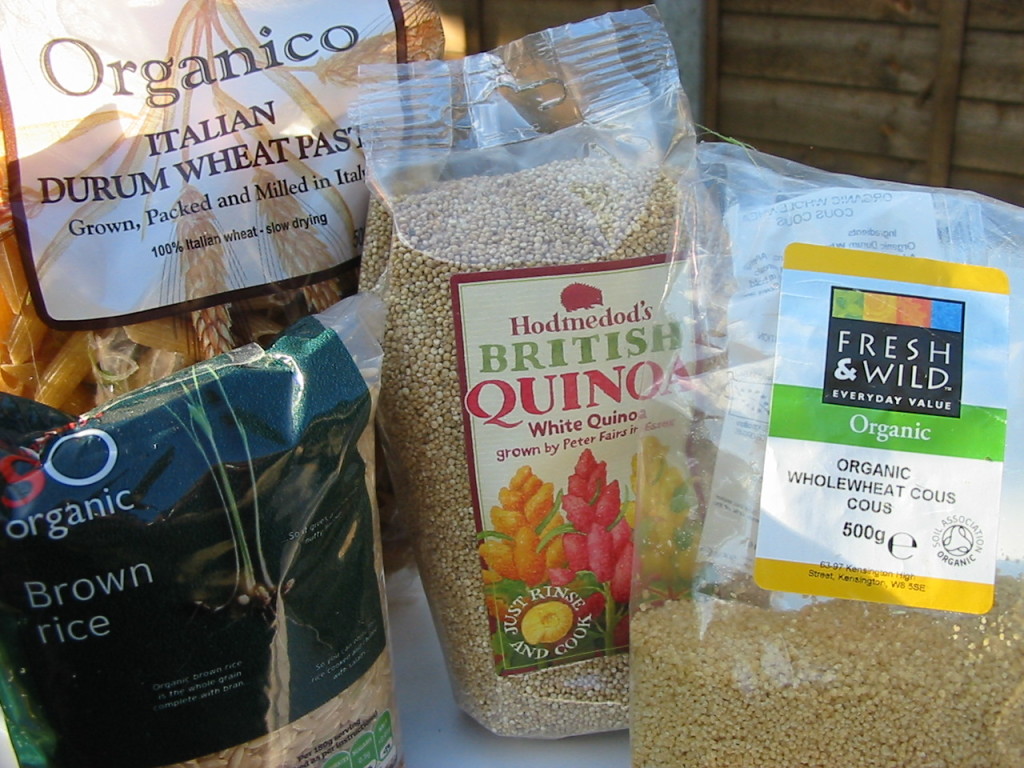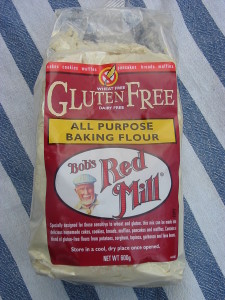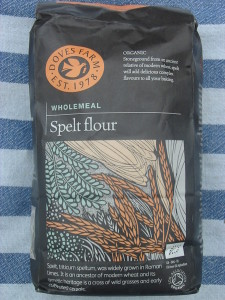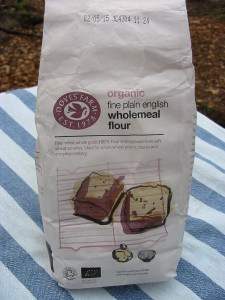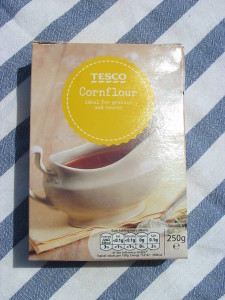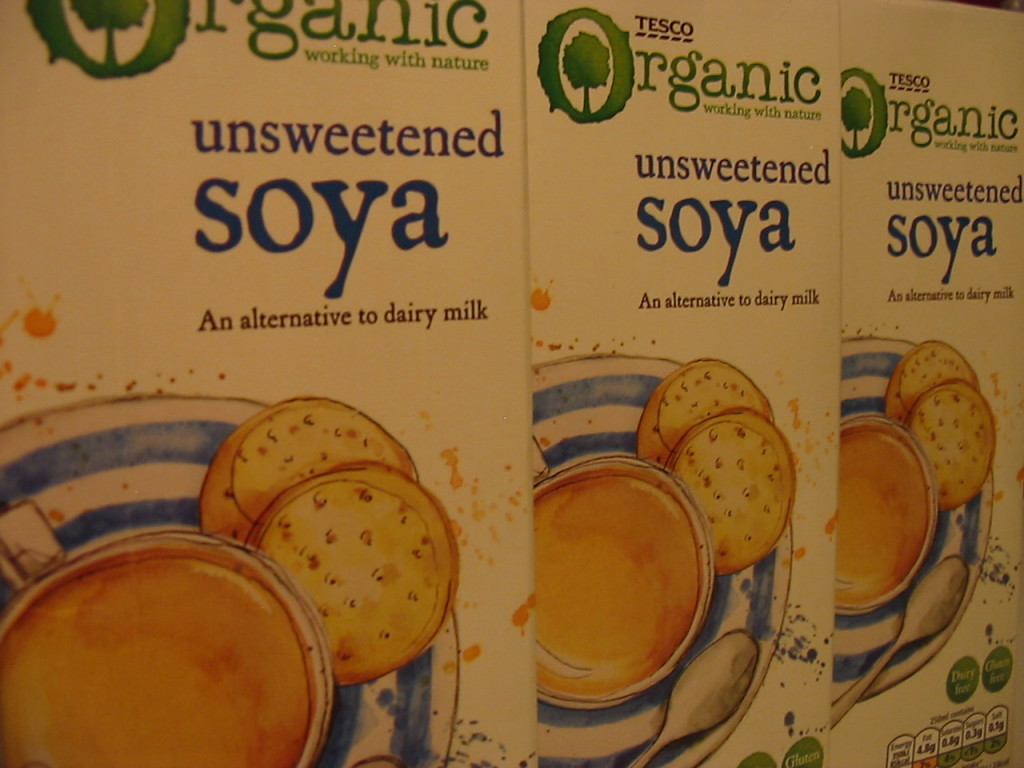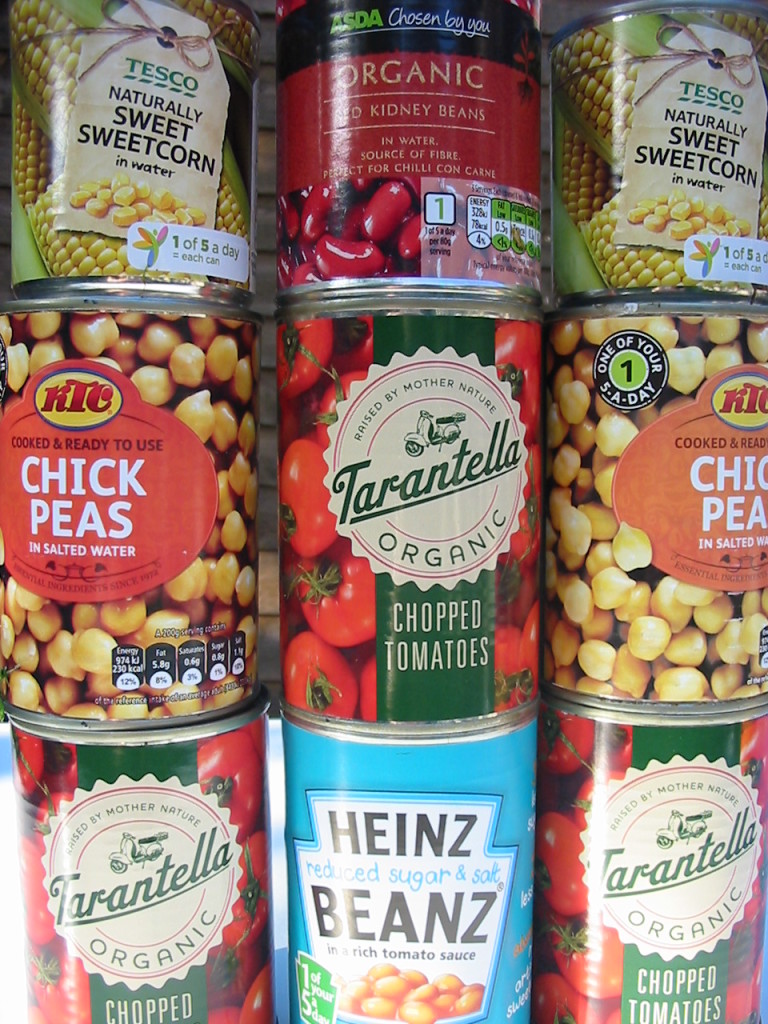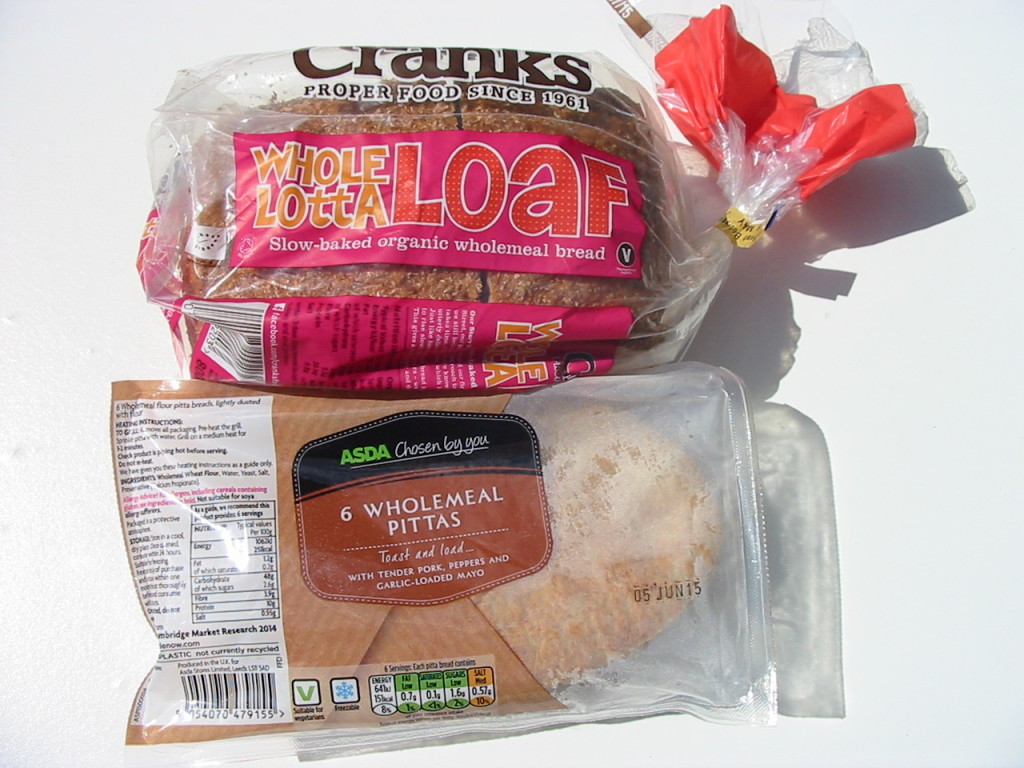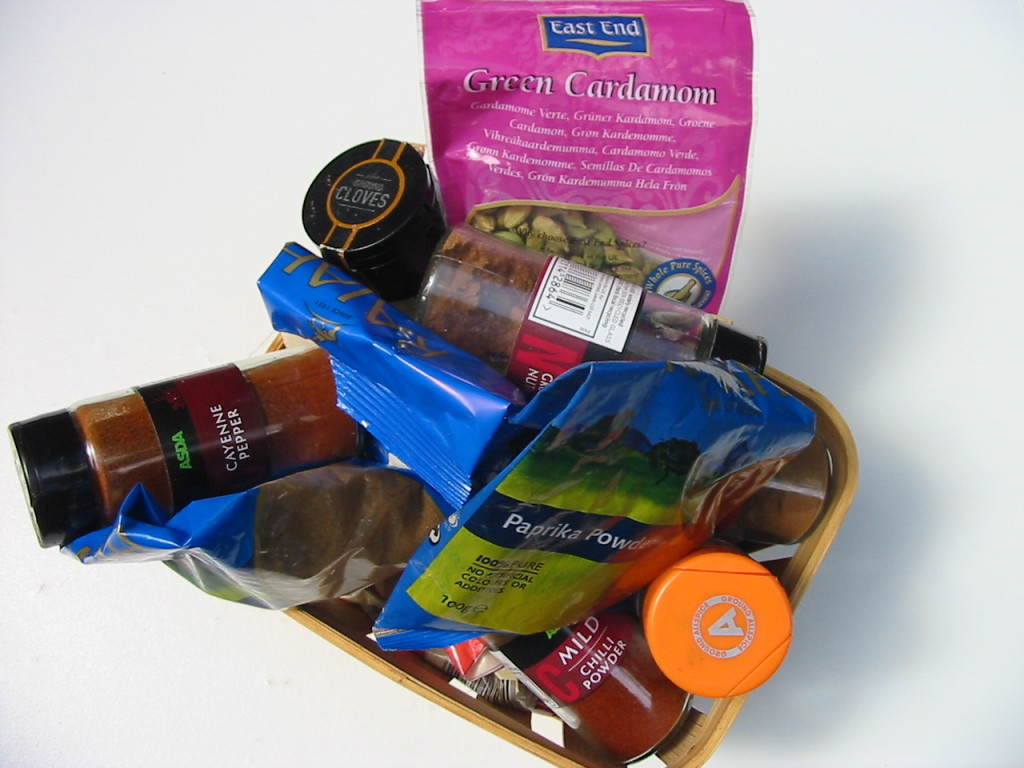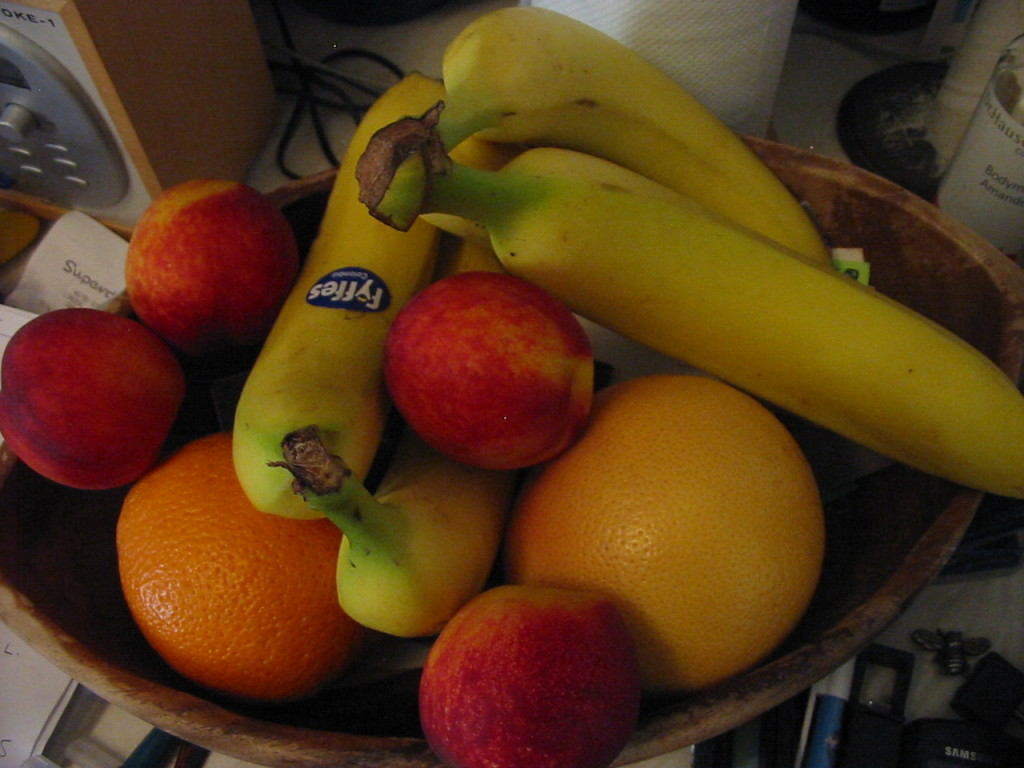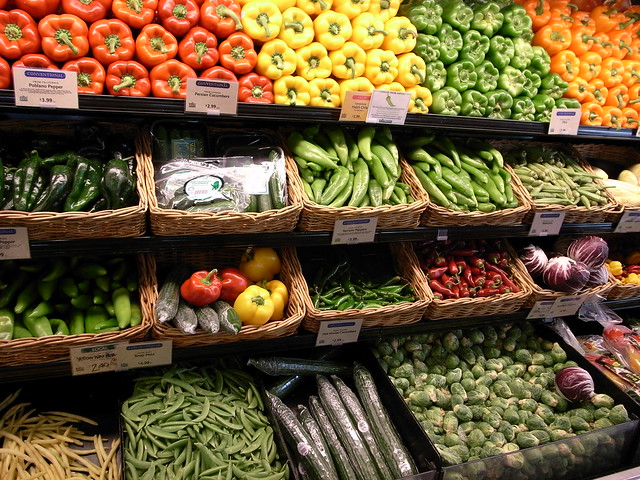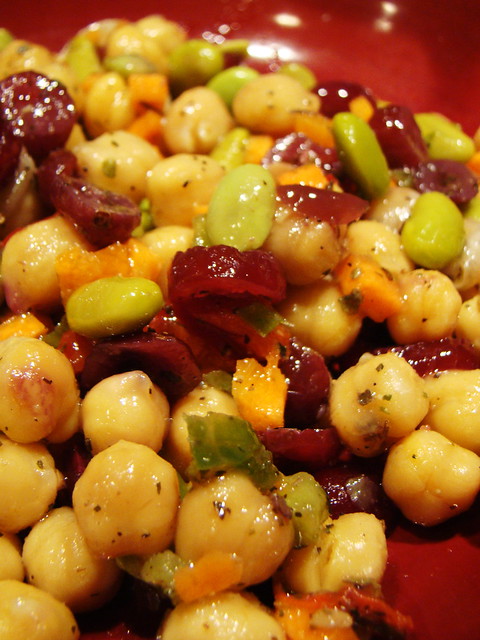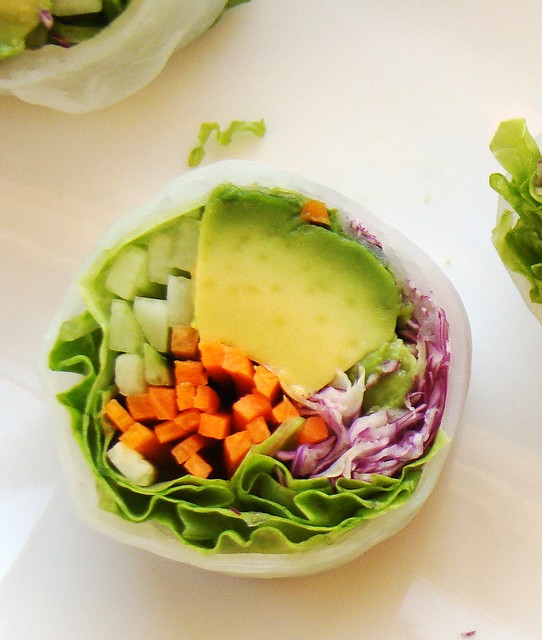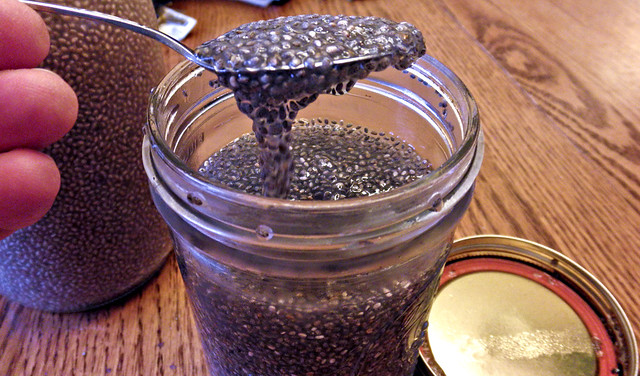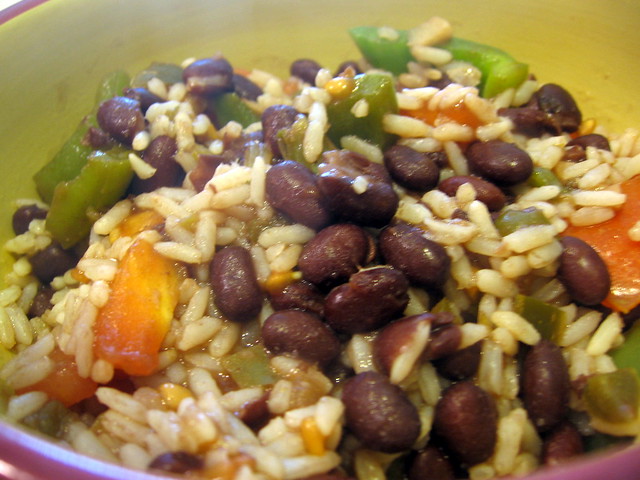
If you think there’s a ton of new food rules you’re gonna have to learn and memorise in order to stay properly nourished when you embark on a plant-based diet – relax. It is not so.
People and the internet may scare you into thinking that it’s very difficult and time-consuming to ensure you get all the vitamins and minerals you need; and you’ll read stuff warning you of possible vitamin B12 deficiencies, iron deficiencies, and Lord knows what else.
This is KUH-rap.
These are the voices of uninformedness (is that a word? It is now), and fear (of something different).
You only need a pair of decent peepers (or some good glasses!) to SEE there are plenty of badly nourished meat-eaters amongst us. Obesity and sickness abound.
Even though it IS simple to nourish yourself well on a vegan diet, there are still a few things to remember – but this is the case even if you are on a standard, meat and dairy-strong diet trying to stay healthy. It is not different for you just because you are now vegan. I’d even say it’s EASIER for you as a vegan, because you don’t have to continually be looking for fibre and alkaline foods to counterbalance and compensate for all that constipating and acidy animal food – pretty much ALL your food is going to contain fibre anyway.
On my coaching programmes we cover in detail just what you will need, and I give you a ton of ideas on combining foods to make up a full nutrient quota.
There is a handy hack however (HURRAH!) that will help ensure that you get a good mix of nutrients.
All you have to remember are the following three words – and two of them rhyme so it’s easy:
– GRAIN, BEAN, GREEN.
I’ll explain.
A nutritionally well-rounded meal contains the following:
A whole grain – brown rice, quinoa, wholewheat pasta, wholewheat bread, wholewheat couscous, buckwheat, brown rice, corn or buckwheat noodles (oats and barley also count – these can be a hearty stew ingredient)
A bean – (um, several beans of course, not just one, this is certainly NOT a starvation diet!) choose from black beans, chickpeas, red kidney beans, soy beans, flageolet, lima beans, pinto beans broad beans, black-eyed peas, any lentils (not technically a bean but has a similar effect in the body).
A green – try for as dark green as possible; kale, cabbage, pak choi, broccoli, collard/spring greens for example
Extras – Any other veg of your choice; any seeds or ground seaweed can be sprinkled on top
The grain, bean and green can be part of a stew, a chilli, or a soup – many vegan recipes will contain all three.
Here is one such recipe from the excellent PPK:
Miso soba stir-fry with greens and beans – you can use garbanzos (chick peas) instead of azuki beans
Or try these two recipes (selected on the basis of good reviews):
Tuscan kale and white bean soup – have some hearty wholewheat toast on the side.
Very simple Red beans and rice – obvs use veg stock instead of chicken stock, and steam some broccoli or kale as a side.
OR:
You can just eat your grain, bean and green plain, Buddha Bowl style, with a simple sauce on top (either soy sauce; or whip up a miso-tahini sauce, or a ginger peanut sauce for example).
This is an easy basis for a meal containing the full range of nutrients. Eat this a few times a week, just switch up the grain, the bean and the green each time, and you won’t go far wrong.
What about other veg? As long as you eat plenty of dark leafy greens, you can add as many other veg (and fruit as you like. For optimal nutrition, try and eat a rainbow. Have some carrot or sweet potatoes, some beets, some radish, tomato. Attempt to get a full complement of colours in a week. But you know what? Don’t sweat it. You’re not eating the foods that really do damage, so just do the best you can.
What about legumes, nuts and seeds? A roast squash can make a great basis for a meal too. Wilt some greens, heat some beans and Bob’s your uncle! Add a slice of wholewheat toast and a grilled portobello if you are really hungry! The gorgeous orange of the squash and deep green of the veg (and red of the kidney beans, or black of the black beans, means a great combo, nutrient – wise.)
And you can switch that orange butternut squash for orange sweet potatoes! Bake them or boil and make sweet potato mash, add a green and a bean, and you’re good.
The same goes for regular old white potatoes. These are nutrient powerhouses when baked. Add some beans and a green and there you have one of the easiest meals on the planet.
Try and eat a mixture of nuts and seeds a few times a week, as these contain healthy fats. If you keep, say, three types of nuts around – brazils, walnuts and almonds for example, and have two or three of each every two or three days. If you get bored, swap the brazils for macadamia one time, or pecans – surprise yourself!
What about fruit? Knock yourself out. But again, try to mix it up and eat fruits of different colours.
Aside from flax seeds – which I’d love you to take most days (if you’ve followed me for a while you’ll know I’m a stickler for these!), try sesame, pumpkin and sunflower seeds on oats or cereal, or sprinkled over salads or soup.
And don’t forget to hit yourself up with your new drug of choice – Vitamin B12. Take your tablet or your sub-lingual droplets as often as your brand says to take them.
This is a basic guide to vegan nutrition which should serve ANYONE very well – ALL IN ONE BLOG POST.
See? Did your brain break? I didn’t think so.
